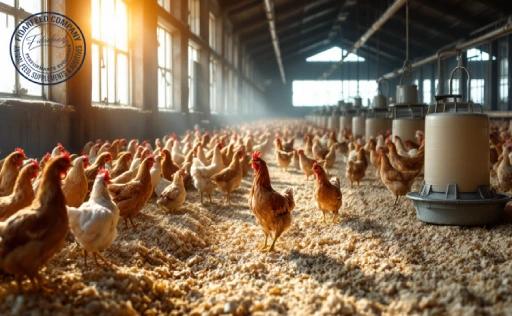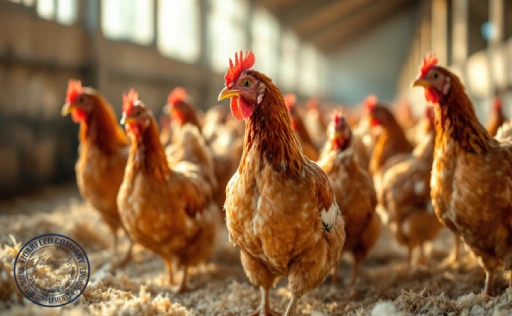
Hen Growth Stages are at the heart of every successful layer breeding operation. Whether you’re raising your very first batch of chicks or managing a large-scale poultry facility, understanding how hens grow, develop, and mature is essential for healthy flocks and optimal egg production. In this guide, we break down each growth stage with practical insights, real-life examples, and expert-backed recommendations. Let’s dive in and discover how mastering hen growth stages can elevate your entire operation.
Understanding Hen Growth Stages: Why It Matters for Every Breeder
Recognizing and managing the various hen growth stages isn’t just about hitting egg-laying milestones. It’s about ensuring that your birds are healthy, resilient, and productive throughout their lives.
Learn more about: Probiotic Supplement for Poultry
Each stage—from hatchling to productive layer—has unique requirements. Overlooking any of these can lead to poor development, increased mortality, or reduced laying performance. By knowing what to expect at every phase, breeders can tailor feed, housing, and care protocols for optimal results.
The Brooding Phase (0–6 Weeks): Nurturing Healthy Chicks from the Start
This is where it all begins. The brooding phase is critical in laying a solid foundation for hen development. Chicks require a stable, warm environment (around 32°C or 90°F initially), gradually decreasing over six weeks. Consistent lighting (18-22 hours per day in the first week) helps stimulate feeding behavior. Use a high-protein starter feed (18-20% protein) to support rapid growth. Clean bedding, biosecurity, and access to fresh water are also vital to prevent disease and promote healthy feathering.
Learn more about: Decreased Egg Production in Laying Hens: Common Diseases in Chickens to Watch
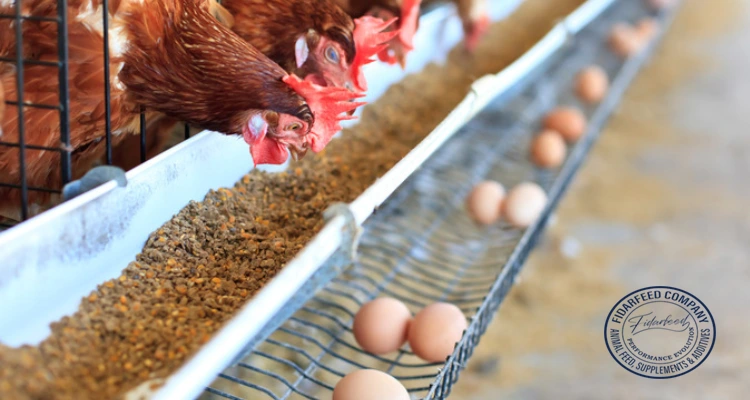
The Growing Phase (6–14 Weeks): Building the Foundation for Productive Layers
As chicks become pullets, their growth rate slows, but their nutritional and environmental needs evolve. Protein requirements drop slightly (to 16-18%), and more space is needed per bird.
Learn more about: How Stocking Density Affects Chicken Health and Egg Laying
Disease resistance is developing, so vaccinations and parasite control are crucial. Keep stress levels low with gentle handling and minimal changes to their routine. Growth in this phase directly impacts reproductive system development, so consistent care is key.
The Pre-Laying Phase (15–18 Weeks): Preparing for First Eggs
During this phase, pullets approach sexual maturity. You’ll notice increased vocalization, redness in combs and wattles, and exploratory nesting behavior. Calcium becomes critical at this stage as the birds prepare for egg production.
Learn more about: How To Start Egg Laying Chicken Business: Your First Steps
Transition them to a pre-layer feed with added calcium and phosphorus. Environmental cues like lighting should shift toward a consistent 14-16 hours per day to signal readiness for laying. Mistiming this shift can lead to poor egg shell quality or delayed laying.
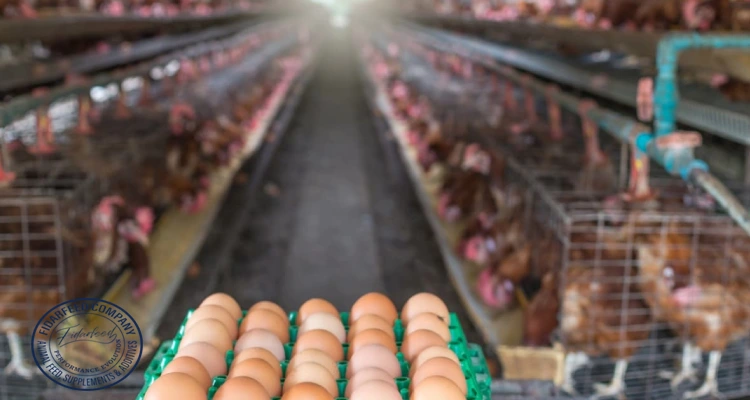
The Laying Phase (18+ Weeks): Optimizing Health and Egg Production
Once hens start laying, your priorities shift to sustaining egg production, maintaining bird health, and ensuring longevity. Provide a complete layer feed with 16-18% protein and 3.5-4% calcium.
Learn more about: The Egg Production Cycle: From Laying to Market
Keep lighting consistent and avoid sudden changes that might disrupt their laying cycles. Monitor for egg abnormalities and address nutritional imbalances or stressors promptly. At this stage, hens need regular health checks, parasite control, and plenty of clean nesting areas.
Common Challenges Across Hen Growth Stages and How to Solve Them
Some challenges are predictable. Stunted growth in chicks often results from cold or poor-quality feed. Feather pecking in pullets usually signals crowding or nutritional deficiency. Delayed laying might stem from poor lighting or incorrect feed transition timing. Address these issues with preventive care: good hygiene, gradual feed changes, consistent lighting, and prompt veterinary consultation when necessary.
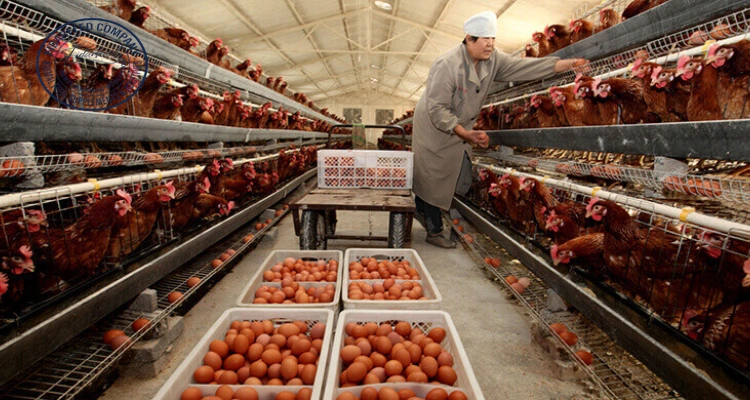
Nutritional Needs at Each Hen Growth Stage: What to Feed and When
Nutrition is a dynamic component of hen growth. Here’s a simple breakdown:
- 0–6 weeks: Starter feed (high protein, 18-20%)
- 6–14 weeks: Grower feed (moderate protein, 16-18%)
- 15–18 weeks: Pre-layer feed (added calcium, balanced energy)
- 18+ weeks: Layer feed (adequate protein, high calcium)
Supplements such as grit, oyster shell, and probiotics can further support digestion and shell formation. Always adjust based on your flock’s specific breed, environment, and health status.
Learn more about: Prevention and Control of Marek’s Disease in Laying Hens
Housing and Environment Tips for Every Stage of Hen Development
The physical environment plays a crucial role in hen development. In the brooding phase, warmth and draft protection are top priorities. As hens grow, ensure proper ventilation and increased floor space (at least 1.5 to 2 square feet per bird for layers).
Learn more about: Smart Chicken Waste Management: Sustainable Solutions for Poultry Farmers
Perches, nesting boxes, and dust bathing areas promote natural behaviors and reduce stress. Keep coops dry and clean to prevent respiratory illnesses and parasite infestations.
Monitoring Progress: Signs of Healthy Growth at Every Hen Stage
Observing your flock regularly can help you catch issues early. Healthy chicks are active, alert, and steadily gaining weight. Pullets should show even feathering, clear eyes, and good posture. Hens in peak laying phase should have strong appetites, shiny feathers, and consistent egg output. Use weight charts and growth milestones to track development and make timely adjustments.

Final Thoughts: Mastering Hen Growth Stages for Long-Term Success
Raising productive hens isn’t a guessing game—it’s a science backed by experience and observation. By understanding and managing the unique needs at every phase of the hen growth stages, breeders can ensure healthier birds, better egg yields, and more efficient operations. Whether you’re a backyard hobbyist or a commercial breeder, the principles remain the same: consistent care, targeted nutrition, and a keen eye for detail.
Have questions or want to share your own experiences? Leave a comment below—let’s learn and grow together.

